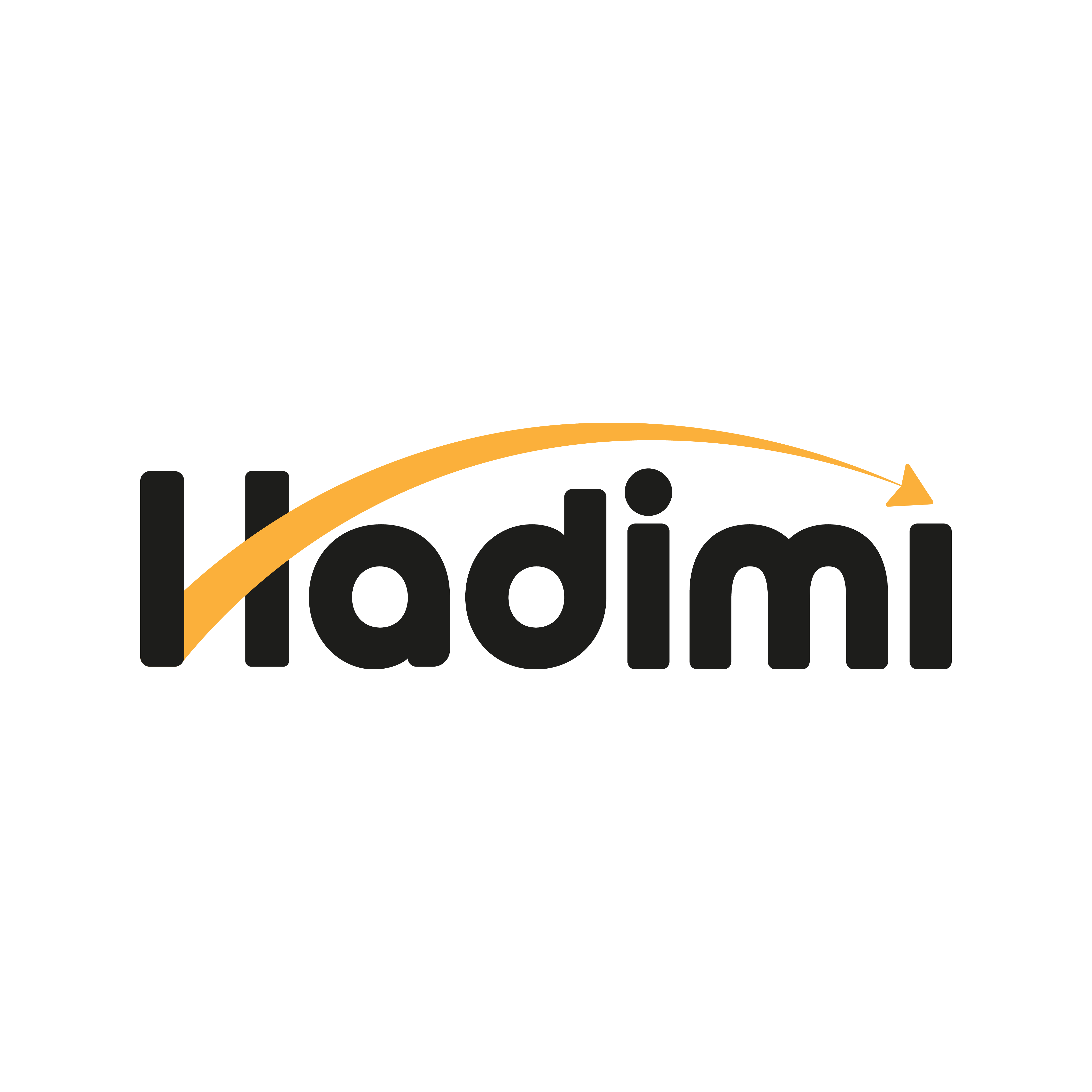Unlock your potential and reach new personal records with the best GPS watches tailored for peak performance.
For runners, tracking basic stats like distance, pace, and time is essential for understanding workout progress. However, today’s GPS watches have evolved to offer much more than these basic metrics. With features like VO2 max (measuring how efficiently your body uses oxygen), altitude tracking, heat acclimation, running power, cadence, stride length, and vertical oscillation, these watches provide a wealth of data that helps optimize your training.
Trail runners, in particular, will benefit from watches with ABC sensors—altimeter, barometer, and compass. These tools track elevation changes and provide weather alerts, making them invaluable for those running in rugged or remote environments. Additionally, for long-distance runners or those who prioritize power-hungry devices (like wireless headphones), it’s important to select GPS watches with long battery life to avoid interruptions during training.
Lastly, casual runners who wear their GPS watches beyond workouts might prefer a device with a sleek, smartphone-like aesthetic and functionality. These watches seamlessly transition between fitness tracking and daily use, offering style and convenience. Whether you're a beginner or an experienced marathoner, this guide will help you find the ideal GPS watch to meet your running goals and enhance your performance.
1. Timex Ironman GPS Watch
This GPS watch from Timex is a great entry point into run tracking, especially for new runners. Not only does it track your real-time pace, splits, and overall distance, but it has advanced training features like pace alerts, multisport timing functionality (for those who do more than run!), and customizable training pages.
It’s a minimalist option for sure, but that’s not a bad thing: For runners who are just starting out, the glut of information a more expensive running watch gives you these days — everything for VO2 max and threshold paces to heart rate variability and altitude acclimation — can be downright overwhelming.
Getting too caught up in those stats can keep you from listening to your body when it comes to training. Start simple to stay focused on the most important metric: how you feel.
2. Fitbit Charge 5
Fitbit has led the market on activity trackers for years, and the Charge 4 was the brand’s first time to use built-in GPS. With the Charge 5, you not only get that GPS, but sleep monitoring, an EDA sensor that measures your body's response to stress through tiny changes in the sweat glands on your fingers, and breathing rate, skin temperature, and blood oxygen measurements, too.
The Charge 5 also comes with a 6-month membership to Premium, which gives you access to personalized insights, actionable guidance, and a range of more than 500 workouts, mindfulness, and nutrition sessions.
During runs, you can use the Active Zone Minutes feature to see how much time you’re clocking in the target cardio, fat burning, or peak heart rate zones. And the brand-new Daily Readiness Score uses your data to tell you whether you should work out or prioritize recovery. It’s like having a personal trainer on your wrist.
3. Coros PACE 2 Premium GPS Sport Watch
If you’re the type of runner who’s serious about their workout stats, you should opt for the Coros Pace 2. Toggle this watch — worn by Eliud Kipchoge, the fastest marathoner ever, during his gold medal-winning marathon at the Tokyo 2020 Olympics — between road, trail, treadmill, and track modes to get the most out of every run (for example, you can log your lane on the track to improve accuracy during interval training).
Despite the relatively low price, you’ll still get stats like current pace, average pace, elevation gains or losses, power (or how much energy you’re using to run in a given moment), and heart rate in real time; in the app, you can find even more data points, like cadence, stride length, ground contact time, and more.
Another big selling point: This is one of the lightest running watches on the market, weighing in at just 29 grams (compare that to the Garmin 645, which weighs 41.8 grams) while still packing a battery that delivers 30 hours of full GPS battery life.
4. Apple Watch Series 7
The newest Apple Watch features a larger-than-ever screen with always-on retina display, so there’s no more awkward flicking your wrist or squinting to see your stats on the run. (You can expect a battery life of up to 6 hours using GPS, making it capable of logging an entire marathon; if you turn that always-on feature off, though, you will save yourself some battery life over the course of the day — and the Series 7 charges 33% faster than the Series 6).
Like the previous iteration, the Series 5 is water-resistant up to 50 meters, comes equipped with a heart-rate monitor that offers ECG and AFib detection, features a sensor for measuring blood oxygen, and can detect hard falls and initiate a call to emergency services.
It’s also the first Apple Watch to be certified IP6X dust-resistant, meaning you don’t have to stress about taking it to the trails. On the run, you can view the constantly updating rolling pace to see your split for the previous mile, and set pace alerts to know if you’re ahead or behind where you want to be during a race.
5. Suunto 9 Peak
Suunto’s latest, lightest wearable GPS watch can help runners who seek to venture off the beaten path find their way. The new “Snap to Route” functionality allows users to load their planned route into the partner app, and then provides turn-by-turn directions on the run while heatmaps spotlight the most popular starting points in your area, so you know you won’t be totally alone in the wilderness if something were to happen.
And because trail runs can be less predictable in terms of finish time than those done on the road (gotta love those uphills), you can get from 25 hours of juice with GPS turned on up to 170 hours in the new “Tour” mode, which disables a number of features to prolong your battery life (there are also intelligent battery modes with reminders to charge it).
The impressive battery life is due to Suunto’s combined GPS and motion-sensor data in its FusedTrack algorithm, which keeps the GPS from using up too much power without sacrificing accuracy.
6. Polar Vantage V2
Of course this Polar watch includes standard (and above-) standard features like heart-rate tracking (what Polar is known for), sleep tracking, watt measurements that determine how much power you generate with every step, recovery insights that help you plan your training strategically, tests that show how strenuous your training sessions are, and a battery life of up to 100 hours.
But what sets the V2 (and the cheaper M2) apart from other watches is the FuelWise feature, which pushes through smart nutrition and hydration alerts during a workout so you can maintain your energy levels. Using data from past workouts and other physical parameters, FuelWise calculates how many carbs you need during a session depending on the duration and intensity, then monitors your energy expenditure to send fueling reminders.
As for hydration, you can set a drink reminder to pop at intervals that work best for you.
7. Garmin Enduro
Athletes heading out for serious long runs will appreciate the fact that there’s almost zero chance of the Garmin Enduro giving out before their legs do — this multisport watch was made to go the distance, with a battery life of up to up to 300 hours in max battery mode. A new solar charging lens helps power the longest runs: While a full charge gets you 70 hours in GPS mode, that can be extended to 80 hours with solar capabilities.
Considering that most ultrarunners are hitting the trails over the roads, the Trail Run VO2 max feature estimates cardiovascular fitness after each workout by adjusting based on trail and terrain conditions that can affect performance; during a workout, the ClimbPro feature helps runners manage effort by displaying where the runner is on an uphill, and the distance, ascent and average gradient remaining for that climb. And with the Ultrarun activity’s Rest Timer, racers can log time spent at aid stations without ever pausing their watch.
8. Whoop Strap 4.0
If recovery is an important part of your running regimen, you should be wearing this strap. Whoop reinvented the recovery game by quantifying three important metrics: strain (which measures how much stress you're putting on your body, mentally and physically, and shares insights on how how to proceed), sleep (which monitors what happens and night and recommends performance-boosting changes), and recovery (which combines data points like heart rate variability, resting heart rate, and sleep performance to determine how ready your body is to perform on a scale of 0 to 100%).
While Whoop doesn’t have built-in GPS capabilities, it can tap into the GPS on your synced mobile device to automatically track running workouts. The best part: You don’t even have to wear it on your wrist if you prefer a more traditional running watch with a screen.
The sensor can be removed from the strap and worn with pieces from the brand’s new Whoop Body collection — which includes compression tops, leggings, shorts, and athletic boxers — that allow you to collect performance data from your torso, waist, or calf.
9. Amazfit Band 5
This simple band is an attractive and affordable smart running watch that’s powerful enough for runners of all experience levels: It can measure your blood oxygen levels, track your heart rate 24/7, assess your stress levels (and help you control them), monitor your sleep (including naps over 20 minutes), and log 11 different sport modes, including running and treadmill running.
Another fun feature: You can talk to Amazon Alexa on the watch, whether you need to ask a question or make a call on the run, do a last-minute weather check on your way out the door, or turn on smart home devices as you’re wrapping things up.
10. Garmin Forerunner 245
Garmin Forerunners are the most ubiquitous running watches you’ll spot on wrists in the wild. This iteration will give you the most bang for your buck: It uses a built-in optical heart-rate sensor to track your heart rate; provides workout suggestions based on your training history, fitness level, and recovery time; monitors your training load to see whether you’re overdoing it; measures crucial running metrics such as cadence, stride length, ground contact time, and balance; and more.
Plus, it pairs easily with your phone, so you can get notifications on the go: The LiveTrack features let friends and family follow your real-time location if safety is a concern — or if you feel unsafe or your watch senses that an incident has occurred, assistance and incident detection features send your location to emergency contacts.
If you prefer to run sans phone, opt for the slightly more expensive version that allows you to store up to 500 songs from your Spotify or Amazon music accounts right on the device.




















